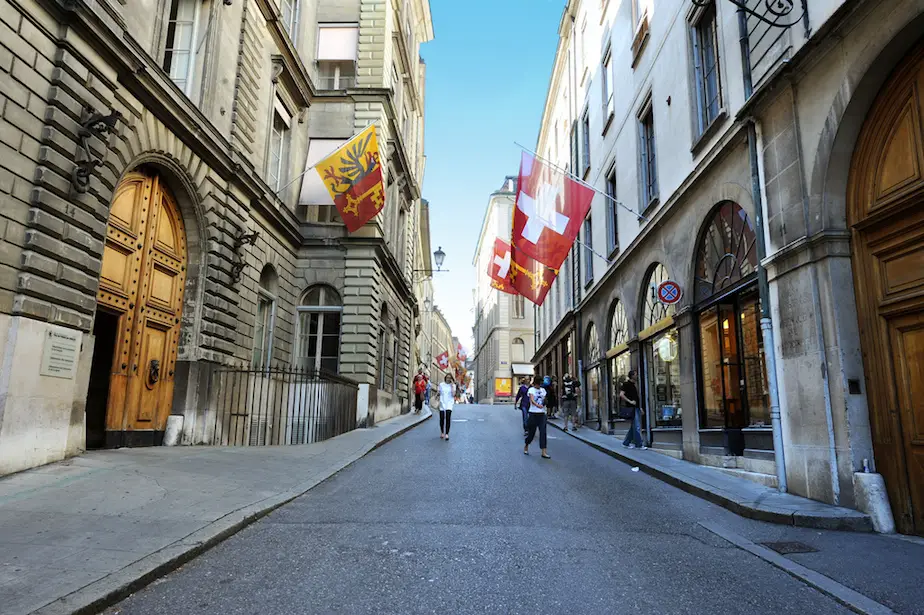Whether created by Monocle, Mercer or the Economist Intelligence Unit, lists, rankings and indicators about to the quality of life in cities are often controversial. We’ve previously raised questions about these surveys, both from the point of view of being adequate to capture the authenticity, vibrancy and potential of cities, and as a constructive tool in broadening the discourse about the quality of life for its citizens.
While these rankings cannot be expected to encapsulate every point of view about the qualities of cities, some observations have been made: expensive cities are traditionally listed as some of the most liveable, a perceived bias exists against non-English speaking cities and large differences in rankings for some of the top cities, across the lists and surveys.
And, where could factors like weather, love-ability of a city, happiness and the increasing impacts of urbanisation fit in?
One could not be blamed for being puzzled by a city consistently being in the upper echelons of liveability, but with depressing and horrible weather for over 6 months of the year. How does the persistent snow and dark and gloomy skies contribute towards the liveability of city, in particular, when this can span 8 months in some parts of the world. Does this mean that a city can be the “most liveable” for only 5 months of the year, and the rest of the year, even the wonderful amenities it offers are not as useful?
Secondly, given the high mortality and crime rates in some cities and countries, what does this say about the “happiness index” and its relation to places with high liveability rankings?
Thirdly, what about those without choice? Many people move to cities to pursue a better life, and to support their families, but for many the city in which they live is and was never a choice, and rankings which point towards more liveable cities may mean very little to those unable to relocate. How can liveability rankings influence where people live, and assist them in making a choices about this, if they are not businesses looking for a new location or base?
Fourthly, is there a relation between the population of a city and its liveability? Perhaps larger cities are indeed more liveable for more people, because of the agglomeration and concentration of business, academia, government, civil society and other institutions (and ideas), but at the same time are less liveable, because smaller cities might be easier to manage, especially where resources are not that constrained. With urbanisation challenging cities across the globe, can the quality of life be maintained as the population grows?
Joinus for our first #citytalk of 2014 as we get stuck into these indicators, constructively debating their merits and downfalls, with a view to broadening the discourse and understanding what makes a liveable city.
WHEN: Wednesday, 15 January 2014, 7PM GMT/8PM CET/2PM EST
WHERE: On Twitter. Follow #citytalk or click here to join
WHO: Join This Big City and Future Cape Town
Image via andynash


